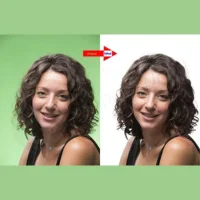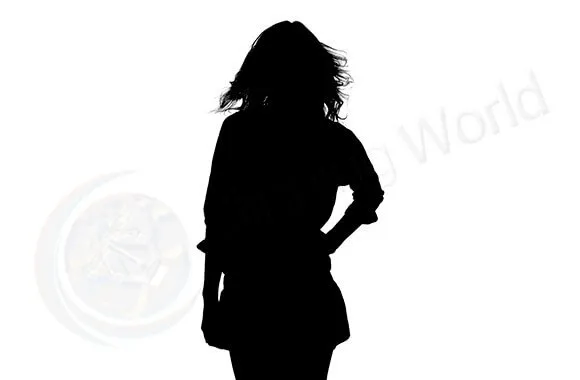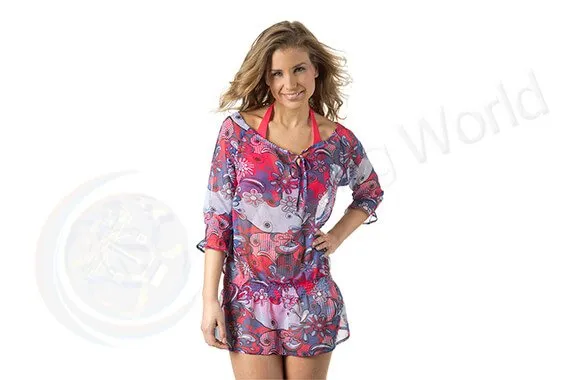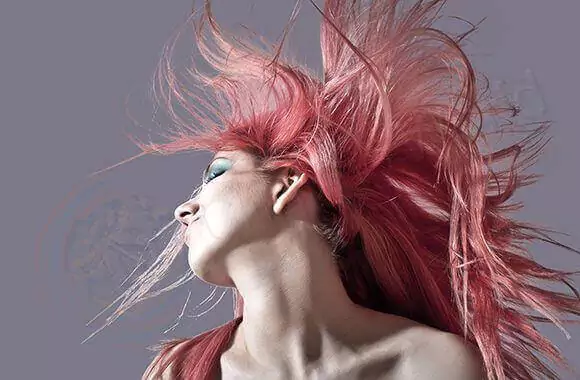Image Masking Services
Why do you need an Image Masking Services?
Image Masking Services is for complex images that contain huge stray hair or any fur. The purpose is similar to the clipping path in one sense.
But the difference is, the clipping path removes only the background of an image. On the other hand, the Image masking system removes the background and the exact shape and details of an image.
Why Image Masking? Images with many curves, soft edges and turns like hair, wool, etc., require image masking services.
Also, the images of transparent things like glasses, flames, smoke, lighting, etc., need the service too. Usually, we use it for removing the background from images as the clipping path service.
Our experts have a firm knowledge of masking. They check every detail of it and revise it even after completing the task. We finish every project within the time limit.
Why Clipping World is Best for Image Masking Services?
Our Image Masking Samples
Clipping World is one of the best professional image masking services provider of all over the world. We can help you produce the right picture for your product.
Our expert graphic design team members have worked in collaboration with you. We also provide picture masking services.
Also, we worry about both the quality of our job and how much money the consumer seems to have. Now is the moment to show our world-class sample
IMAGE MASKING 100% Quality Assurance
Deliver 3500+ Image Per Day
Discount Up To 50% On Bulk Order
Price Start 1.00$ Per Image
Best Image Masking Service Categories, We served
Masking in Photoshop is the process of removing the background of an image. This reveals soft edges, hair, or transparency. Using Photoshop’s masking tools, you can select parts of a photo that are difficult to choose. It ensures that each removal is done carefully.
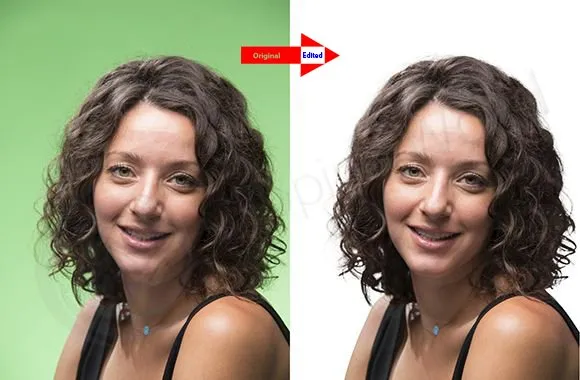
Layer Masking Service
Here masks are directly applied to the layer with soft and define edges with the help of Pen Tool. It permits you to buy a selection and modify the opacity (transparency) of the layer they belong to.
It is the first choice of expert designers because using the layer mask in Photoshop service, the masked task is never destroyed, and getting back every pixel in that layer is possible.
When a vector path alone cannot remove the background of complex images with a fine edge, Photoshop Layer masks apply to get a smooth edge of the cutout image. price starts from $1.
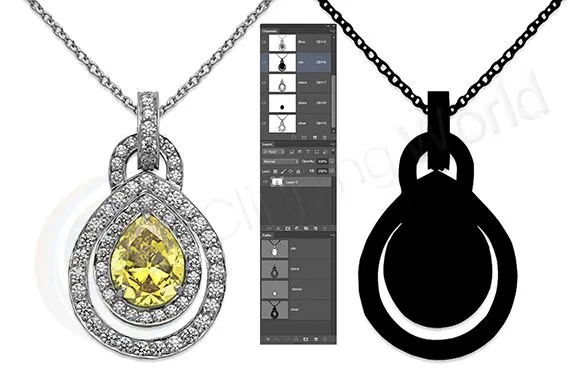
Alpha Masking Service
Alpha Masking is pixel-based masking that displays images, actually the shape of images rather than a color.
After removing the image from the background, we save it in the alpha channel to edit brightness, contrast, exposure, etc. Here Clipping Path Services play a good role in perfection.
Alpha Channel Masking service makes file size small which is suitable for uploading or downloading. In some cases, the channels are used to select objects or mask the background. This technique is used to select single-colored or non-zigzag background objects. Price starts from $1.20.

Transparent Masking
Removing the background of a transparent image is quite difficult with a Vector path or Clipping mask. We use Transparent Masking for the Background removal of these images having gradient transparencies.
Transparent masking in Photoshop is for the images having glass, lightning, glass jewelry, etc., and an end number of product images used for promotional purposes in the catalog and e-commerce shops.
These have 0% to 5% opacity so making them transparent is a challenge itself. The price starts from $1.45 along with 3500+ imager delivery capability.
Upload Your Images
Here you can send us your file using various uploading method like FTP, Dropbox, Google Drive etc.
Complete Deliver Step
After final Q/A we will notify you and deliver you the complete file using your desire uploading method. Now, you just need to download your images.
Free Trial / Quote Requests Submit
You can judge our service quality by submitting free trial before order or you can request a quote for our service.
Proceed With Production
After getting your images our designer will start your work as per your requirements. 3 quality assurance steps will be done here for ensuring quality.
Working Process
Our Working Process How We Work For Our Customers
Clipping World Cares About Hair Masking Service
When the clipping path method is insufficient to edit a picture with hair, we use the image masking technique.
Because hair is silky and has soft edges, we use masking to separate it from the image’s background. To add a natural look to the image, we also fix exposure concerns including color, contrast, and brightness in order to sharpen it.
Our expert pays great attention to picture hair masking; therefore it is obvious that the clipping world offers the best image hair masking.
Silky and curly hair could be a barrier for a model and also the cause of her poor photographs, but clipping world experts work on it perfectly so that the model can get a great look.
Clipping World image hair masking service always gives priority to client satisfaction that’s why they get the perfect image hair masking service.


Who Needs Image Masking Services?
Image masking is important for many industries where clear, high-quality images are needed. It helps remove or change backgrounds, keeping the focus on the subject. Here are three key areas that use image masking:
E-Commerce
E-commerce businesses rely on clear product images to attract customers. Image masking helps remove backgrounds and highlights the product, making it look professional. This leads to better product presentation and helps customers make decisions.
Photography
Photographers use image masking to improve their work. It helps replace or remove backgrounds while keeping the subject intact. This is especially useful for portrait, fashion, and product photography, ensuring a clean and polished look.
Design
Designers use image masking to create better visuals. It helps place images smoothly into designs for websites, ads, or brochures. Masking ensures that images blend well with other elements, making designs look professional.
Our Image Masking Services Price
The price of image masking can vary because there are different ways to mask images. To determine the cost, you need to consider how many areas need to be masked, how different the object is from the background, and how similar the background color is to the object. Whether you work with one designer or several, we follow the same pricing rules to make sure your rate is clear and fair. We offer image masking services at the lowest price in the industry. Check our pricing table for more details.
Layer Masking Service
- 2500 Image Daily
- 50% Bulk Discount
- 100% Guaranteed
- 24/7 Support
- Unlimited Revision
Alpha Masking Service
- 2500 Image Daily
- 50% Bulk Discount
- 100% Guaranteed
- 24/7 Support
- Unlimited Revision
Transparent Masking Service
- 2000 Image Daily
- 50% Bulk Discount
- 100% Guaranteed
- 24/7 Support
- Unlimited Revision

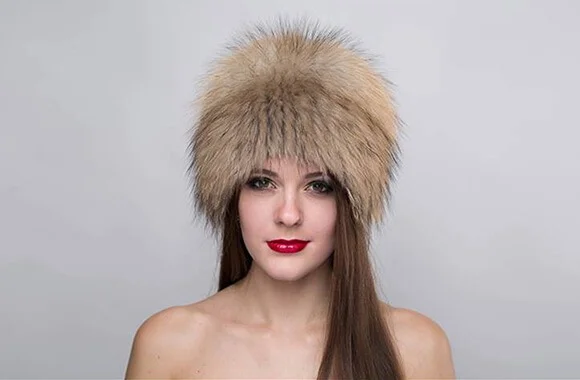
Why Clipping World for Photoshop Image Masking Service?
Sometimes the only talent isn’t enough for a job. And it needs extra effort. Clipping World will give you that until we make your job perfect.
There are a number of common uses for Photoshop’s image masking service. Image masking service is mostly used in model photography. As it works with critical edges, fur, etc., it always needs some extra effort and enough dedication to do it.
Our fully focused, goal-oriented designers work day and night continuously only for you. Our QA team is also active in the process of quality assurance.
We do not compromise with the quality at all. Competitive prices, a cozy, friendly environment are our work strategies. Let’s discuss your requirements. Let us explain what we can do for you. Contact us for more service details. We are willing to make a long-lasting relationship with you.
Best Image Masking Service Provider
Clipping World properly does image masking. Our photo editing crew is dedicated. They’re known for submitting flawless work on time. The editors are experts in Photoshop picture masking. Several sectors employ advanced picture editing skills. Expert editors always do their best.
Photoshop masking aims for photo quality and realism. Editors capture photos for specific uses. Advanced image masking shows picture details. Clipping World makes photos eligible.
Clipping World’s Photo Editing Services impress clients. First, every image conceals the client’s message to visitors. Then, retouch the subjects’ masks. This approach is divided by our editors. Each is multifaceted. Instead, editors disguise photographs to serve several consumers.
Frequently Asked Questions
Photoshop Masking Questions
Different Types of Photo Masking
This service has a few categories based on how hard, complicated, or important the images are. But our experts say that this service is mostly made up of seven different kinds, which are explained below.
01. Photoshop Layer Masking
Companies that edit photos today use Photoshop Layer masking a lot. This method can be used for almost anything. This process is also often used to make an image fit for business, fashion, or personal use. The main idea is to change the ratio of how much one or more parts of an image are clear or blurry.
Through this service, the opacity of subjects can stay the same or change depending on the background. With layer masking, you can also add, change, or replace things that are transparent.
02. Alpha Masking
Image masking and clipping path are both parts of the method. This method works well when most of the background in a photo is a single color.
In this kind of masking, the background of a photo is taken away to make the subject stand out. Also, the group of separate subjects is called the alpha channel. Alpha channels are saved separately so they can be changed at any time and used for anything.
Raw files are darker than alpha channels. They are easy to upload, download, and change. With alpha channel masking, it is easy to do image retouching services.
03. Hair & Flesh Masking
Soft edges are occasionally missed by the clipping path. As a result, a hair and skin mask is required to isolate the subject from the backdrop for additional editing. In such circumstances, the superior masking approach captures every subject’s delicate edge. After that, Photoshop may be used to modify the contrast, background, and exposure.
Hair masking allows you to modify images of dolls, models, garments, animals, and birds. Even human body postures contain intricate curves with thin linings of muscles. So, by combining hair and flesh masking, they may get a decent post-edit effect.
04. Object Masking
Background removal services frequently make use of masking techniques like the one described here. Using this method, anything that is not desired will be eliminated. However, whether you’re photographing animals or anything else, you can’t expect every shot to turn out beautifully.
In addition, topics cannot always be the primary focus of attention. As a consequence of this, pictures may be made better by removing unwanted subjects and backdrops from them. Subjects become the major emphasis and are nicely polished using this strategy. Image modification is required by real estate firms, e-commerce business owners, and other related groups.
05. Refine Edges Image Masking
When an image requires a more realistic look than before, this approach becomes necessary. A photo topic, for example, might benefit from soft edges by using sophisticated edge masking. The fundamental goal of going through this procedure is to make images more appealing and to convey the cause behind the click.
06. Color Masking
The color masking technique is used to ensure that no empty lines appear in the image. This service is also utilized for post-color correcting activities. The fundamental component of such editing is the pixilation of photos. The approach uses pixels to colorize a specific portion of a photograph in Photoshop. After that, the contrast and exposure may be tweaked or modified to bring the clicks to perfection.
07. Transparent Object Masking
Some photographs have subjects that are either transparent or translucent, allowing the viewer to see the backdrop either in part or its whole. To look realistic, subjects must maintain their previous opacity while in the new background. When this occurs, editors make sure that there is sufficient light passing through the subjects so that they may alter the background.
Nevertheless, the contrast of the topic remains unchanged. This masking in Photoshop is necessary for the elimination of the backdrop in all cases involving thin fabric, glass, water, and optics.
Purpose of an Image Masking Service
Why is it that someone or a company wants us to perform this Photoshop service? The preparation of the photos for business or personal use isn’t the only reason. Most people, however, use photo masking techniques to create things –
We use this photo editing method to get subjects with a lot of complicated edges. Furthermore, it is preferable to separate important items such as trees, nets, animals, and so on.
Many photographs feature subjects that are nearly the same color as the background. To use this method, you must do the opposite of what it instructs. As a result, it is also necessary to change the new subject or background in the photograph.
Subjects with simple structures but clear structures are common. Masking is ideal in this situation because it keeps the opacity ratio within a reasonable range. People should use this editing method to improve the color, lighting, and knockouts in any of these photos.
Even when photo masking isn’t necessary, we use this method to keep the parts we want to keep separate in separate files. We’ll be able to use them for other projects this way. It is critical that we please our clients by making some of our images transparent. In these cases, editors use specific techniques on specific layers to make things more clear.
Having shadows of subjects that are the right shape and size may aid in making an image appear to have been taken by someone else. The layer mask can also assist you in creating shadows with the proper opacity and angle.
Photoshop Image Masking Process
Selection begins and stops image masking. When done, you’ll understand. We’ll soon discover masking tools and procedures. It’s easy if you follow basic steps.
Working Procedure
Most editing services require a selection for safe and seamless functioning. Some editing requires no choice. These photographs don’t need selection. We modify the full image or any smooth-edged part. Selection makes editing more accurate and less error prone. The selection should come first. Without selection, you can’t mask any layer in Image Masking. So, mask.
Selection Methods
To make a selection easily, utilize the right way. Photoshop has various selecting mechanisms. All aren’t for selection. Each has specialties. You may use one approach to choose different subjects. But not all are perfect. With the rapid selection tool, hard-edged subjects are straightforward to pick. Select & Mask soft-edged topics. You can select first and smooth later. That’s a lengthy task.
We’ll study Photoshop’s selection methods for Image Masking. Because discussing them all is time-consuming, we’ll stay brief. We’ll soon choose a technique. Photoshop’s selection tools are:
- Geometric Marquee Tool: Rectangular Marquee Tool, Elliptical Marquee Tool, Single Row Marquee Tool, Single Column Marquee Tool
- Lasso Tool: Regular Lasso Tool, Polygonal Lasso Tool, Magnetic Lasso Tool
- Quick Selection Tool: Quick Selection Tool, Magic Wand Tool
- Pen Tool: Basic Pen Tool, Freeform Pen Tool, Curvature Pen Tool
- Select & Mask Option
Image Masking Definition
Masking in photo editing implies picking a part of a photo with Photoshop or another program. Photoshop image masking isolates subjects without losing a pixel. It is necessary for hair, dolls, and textiles. This is the best way to improve images nowadays. Because it doesn’t interfere with raw picture modification. This selects just required sections.
Clipping World
Best Image Masking Service Provider
Clipping World introduces smart Image Masking Services for your need. The basic work expertise is destruction-free image editing along with channel masking. Enjoy professional-quality masking performance for an effective and fruitful result.

